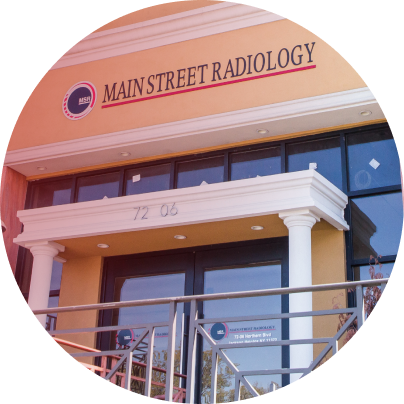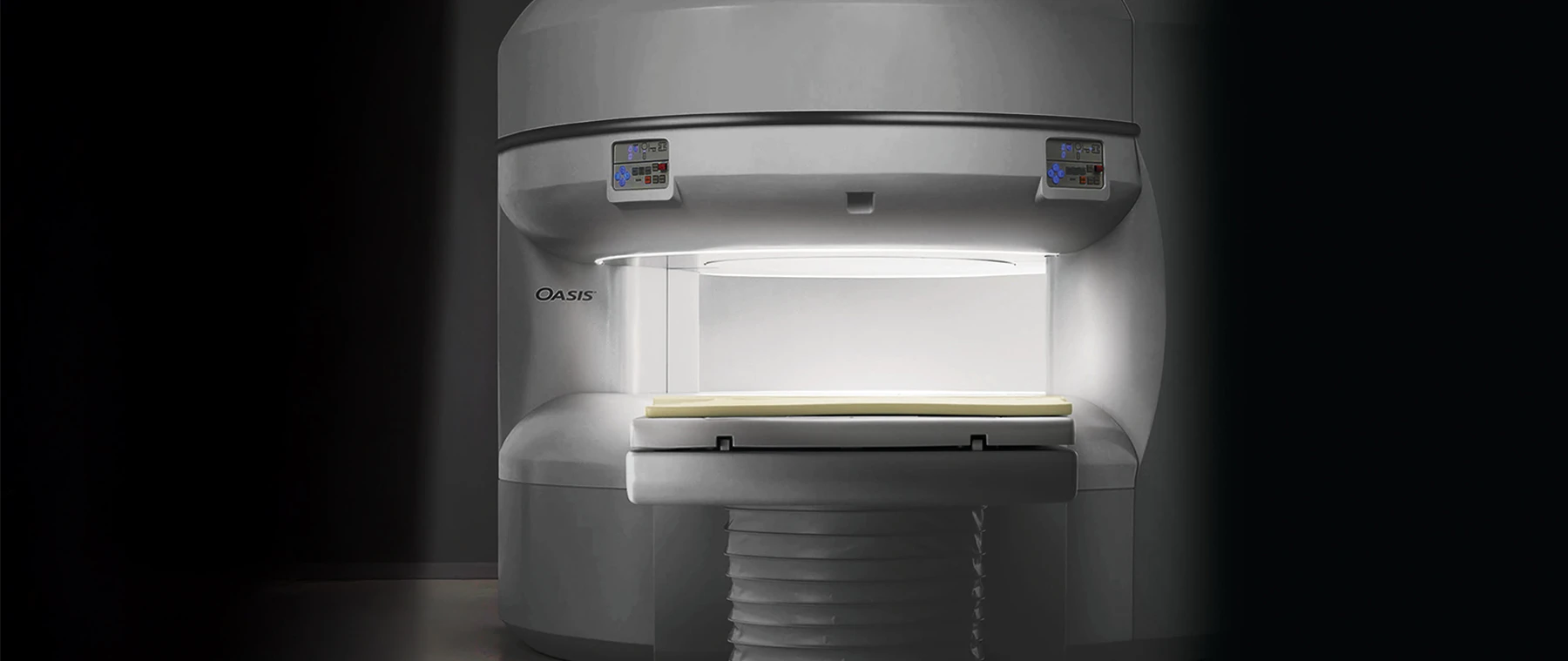Magnetic Technology Creates Detailed Images of All Body Parts
Already Scheduled for An MRI?
Already Scheduled for An MRI?
Learn how to prep for your medical procedure.
The MRI Procedure
We have a full range of state-of-the-art MRI technology, including some that's rarely found outside of major research institutions. Often, we use a combination of MRI techniques to provide our patients with the best result.
How Does It Work?
-
Most MRI machines are large magnets. They’re tube-shaped so that patients can lie inside them to be scanned.
-
When a patient lies inside, a powerful magnetic field forces their body’s protons to align with the field temporarily.
-
Radio waves cause the protons to spin out of equilibrium. When the radio waves are turned off, MRI sensors detect the energy released as the protons realign, producing detailed images of nearly every part of the body.
Our MRI Divisions Consist of Four Sections:
- The Neuroradiology section specializes in diseases of the brain, spine, head, and neck.
- Musculoskeletal Radiology focuses on the joints, bones, and muscles of the arms and legs.
- Our Breast Imaging section uses advanced technology to evaluate breast health and look for possible tumors.
- Finally, the Body Imaging sections perform exams of the chest, abdomen, pelvis and cardiovascular system.
Your feedback is very important to us! We encourage you to share your past experience with Main Street Radiology.

We have the gold seal of accreditation by the American College of Radiology with a long history of providing quality radiology care.

